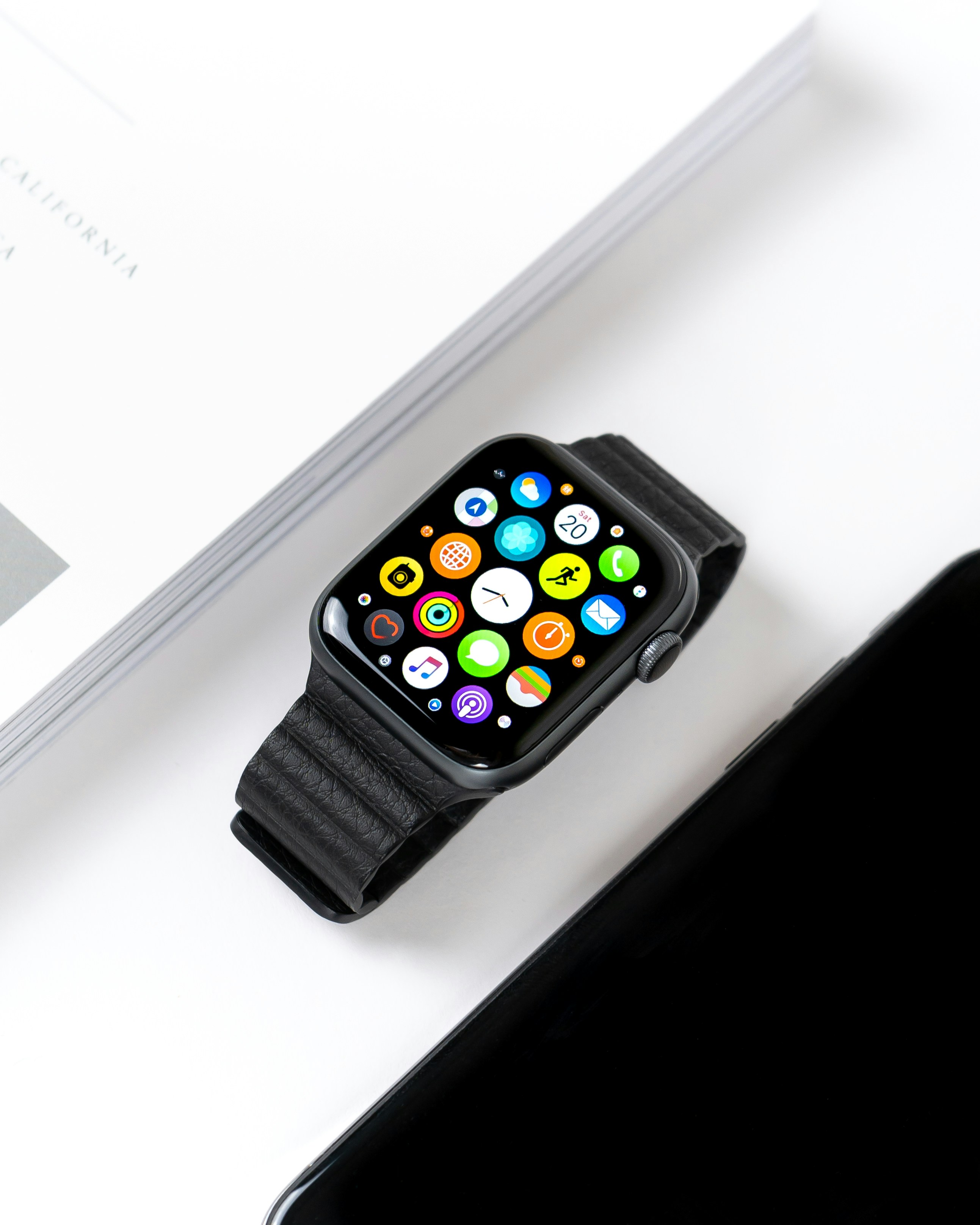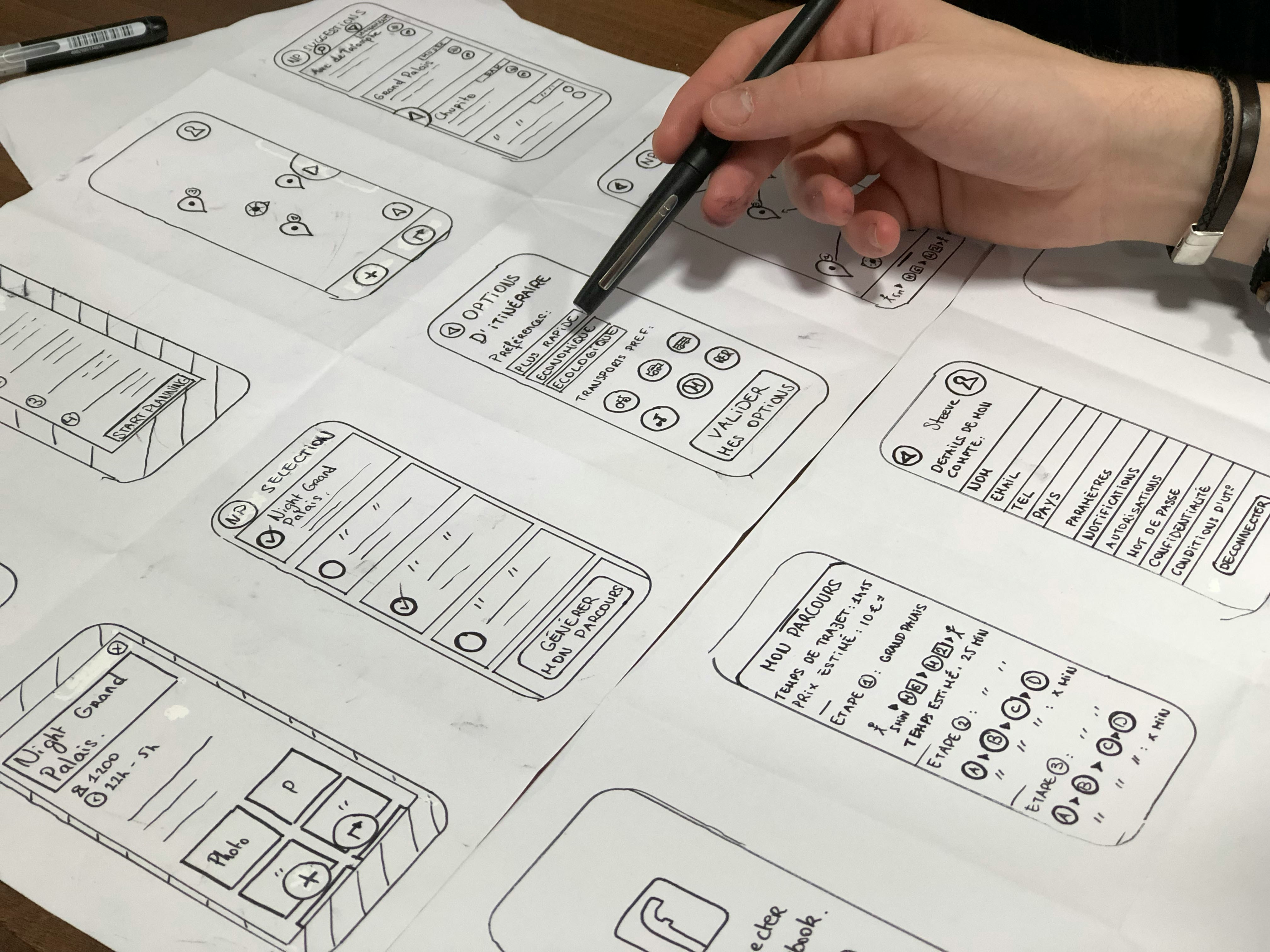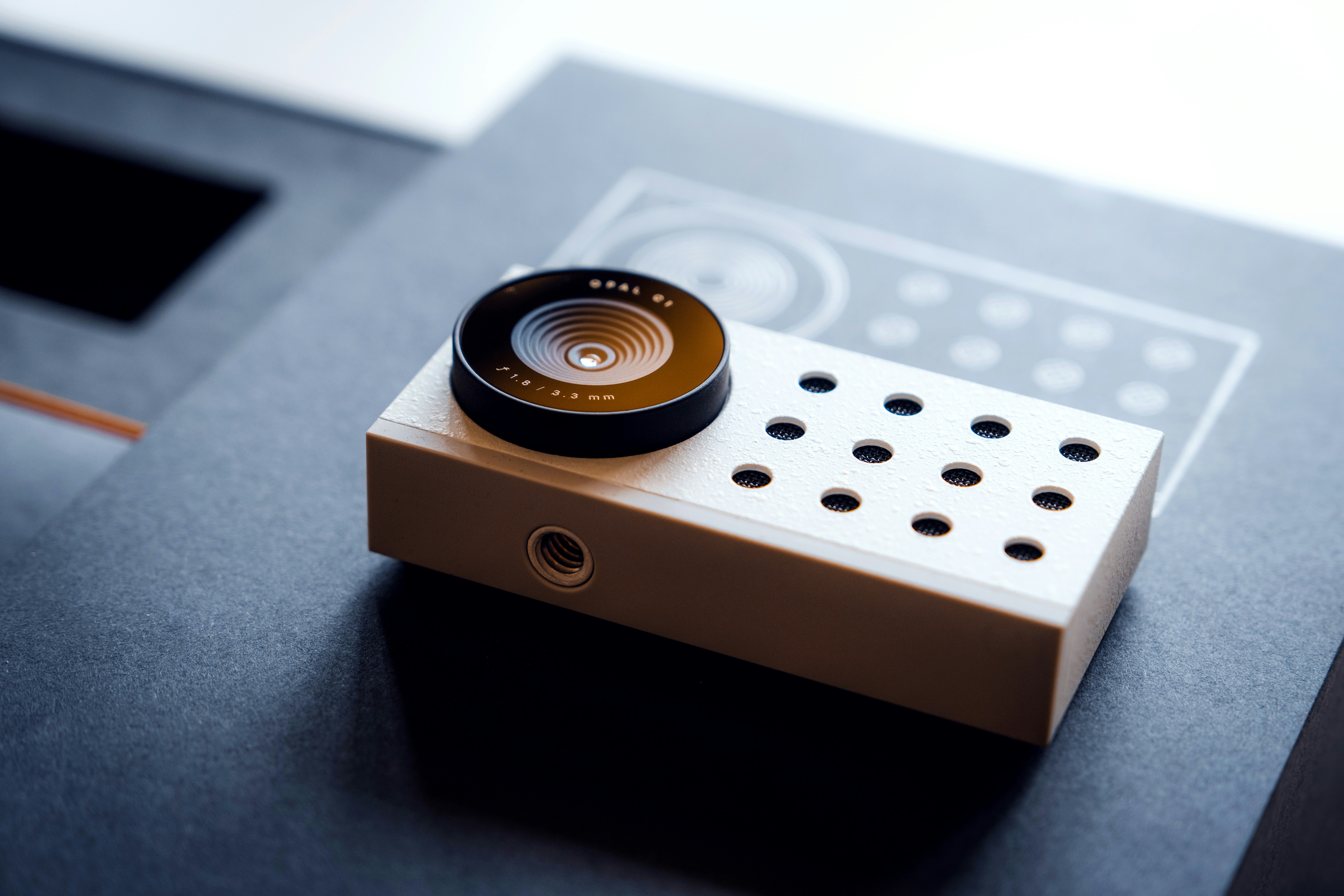The Role of Prototyping in Product Design
Posted on
Jun 25, 2024
Posted at
Product Design
Prototyping plays a pivotal role in product design, serving as a bridge between initial concepts and final products. By creating tangible representations of ideas, prototypes allow designers, stakeholders, and users to explore, test, and refine designs before full-scale production. This iterative process is crucial for addressing potential issues, validating design choices, and ultimately delivering a successful product. Here’s an in-depth look at the role of prototyping in product design and its various benefits.
Transforming Concepts into Tangible Forms
Prototyping transforms abstract ideas into tangible forms, enabling designers to visualize and interact with their concepts. Whether through sketches, 3D models, or functional prototypes, these early representations provide a clearer understanding of how a product will look and function. By creating physical or digital prototypes, designers can test and validate design concepts in a more concrete manner, making it easier to identify potential challenges and opportunities for improvement.
Facilitating User Feedback and Validation
One of the most significant advantages of prototyping is the ability to gather user feedback early in the design process. By presenting prototypes to potential users, designers can gain valuable insights into user preferences, pain points, and usability issues. This feedback is crucial for validating design assumptions and ensuring that the product meets user needs and expectations. Early user testing helps in refining the design, reducing the risk of costly changes later in the development process.
Exploring and Refining Design Options
Prototypes allow designers to explore multiple design options and iterate on ideas rapidly. Creating different versions of a prototype helps in evaluating various design approaches and understanding their impact on functionality, aesthetics, and user experience. This iterative process enables designers to experiment with different features, materials, and interactions, ultimately leading to a more refined and optimized product design. By evaluating and comparing prototypes, teams can make informed decisions about the best direction for the final design.
Enhancing Communication and Collaboration
Prototyping serves as a powerful tool for communication and collaboration among design teams, stakeholders, and clients. A prototype provides a tangible reference that facilitates discussions about design choices, functionality, and overall vision. It helps align everyone involved in the project by providing a concrete representation of ideas, reducing misunderstandings, and fostering a shared understanding of the product’s goals and features. This collaborative approach ensures that all stakeholders have a clear view of the design and can contribute to its development effectively.
Identifying and Addressing Design Flaws
Testing prototypes helps in identifying and addressing design flaws early in the process. By interacting with prototypes, designers and users can uncover usability issues, technical challenges, and design inconsistencies that may not be apparent in conceptual stages. Early detection of these issues allows for timely adjustments, reducing the risk of costly revisions during later stages of development. Prototyping enables designers to refine and optimize the design, ensuring that the final product is functional, reliable, and user-friendly.
Supporting Decision-Making and Risk Mitigation
Prototypes play a critical role in decision-making and risk mitigation by providing a practical basis for evaluating design choices. When faced with complex decisions or uncertainties, prototypes offer a tangible way to assess the impact of different design options. This helps in making informed decisions about features, materials, and production methods. By validating design concepts through prototypes, teams can reduce the risk of costly mistakes and ensure that the final product aligns with project goals and user expectations.
Demonstrating Feasibility and Attracting Investment
For startups and product developers, prototypes can be instrumental in demonstrating the feasibility of a product concept and attracting investment. A well-crafted prototype provides a tangible demonstration of the product’s potential, helping to persuade investors, stakeholders, and potential partners of its viability. It serves as a proof of concept, showcasing the product’s functionality, design, and market potential, which can be crucial for securing funding and support for further development.
Streamlining the Development Process
Prototyping helps streamline the development process by providing a clear roadmap for production. By refining design concepts and addressing issues early, prototypes reduce the likelihood of unexpected challenges during manufacturing. A well-tested prototype serves as a reliable reference for engineers and manufacturers, facilitating a smoother transition from design to production. This efficiency not only accelerates the development timeline but also improves the overall quality of the final product.
Facilitating User Training and Onboarding
In addition to its role in design and development, prototypes can be valuable for user training and onboarding. Functional prototypes, especially for complex products or systems, can be used to demonstrate features and functionalities to users before the final product is available. This helps in familiarizing users with the product, providing hands-on experience, and gathering feedback on usability and training needs. Effective training and onboarding contribute to a smoother product launch and better user adoption.
Conclusion
Prototyping is a fundamental aspect of product design, offering numerous benefits that enhance the overall design process. By transforming concepts into tangible forms, facilitating user feedback, exploring design options, and supporting collaboration, prototypes play a crucial role in creating successful products. They help in identifying and addressing design flaws, supporting decision-making, and streamlining the development process. Additionally, prototypes serve as a valuable tool for demonstrating feasibility, attracting investment, and facilitating user training. Embracing prototyping in product design not only improves the quality and effectiveness of the final product but also ensures a more efficient and informed design process.






